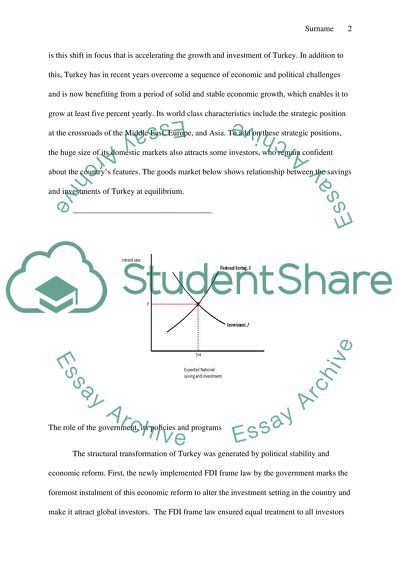Cite this document
(“Emerging markets Essay Example | Topics and Well Written Essays - 1000 words”, n.d.)
Emerging markets Essay Example | Topics and Well Written Essays - 1000 words. Retrieved from https://studentshare.org/macro-microeconomics/1490770-emerging-markets
Emerging markets Essay Example | Topics and Well Written Essays - 1000 words. Retrieved from https://studentshare.org/macro-microeconomics/1490770-emerging-markets
(Emerging Markets Essay Example | Topics and Well Written Essays - 1000 Words)
Emerging Markets Essay Example | Topics and Well Written Essays - 1000 Words. https://studentshare.org/macro-microeconomics/1490770-emerging-markets.
Emerging Markets Essay Example | Topics and Well Written Essays - 1000 Words. https://studentshare.org/macro-microeconomics/1490770-emerging-markets.
“Emerging Markets Essay Example | Topics and Well Written Essays - 1000 Words”, n.d. https://studentshare.org/macro-microeconomics/1490770-emerging-markets.


